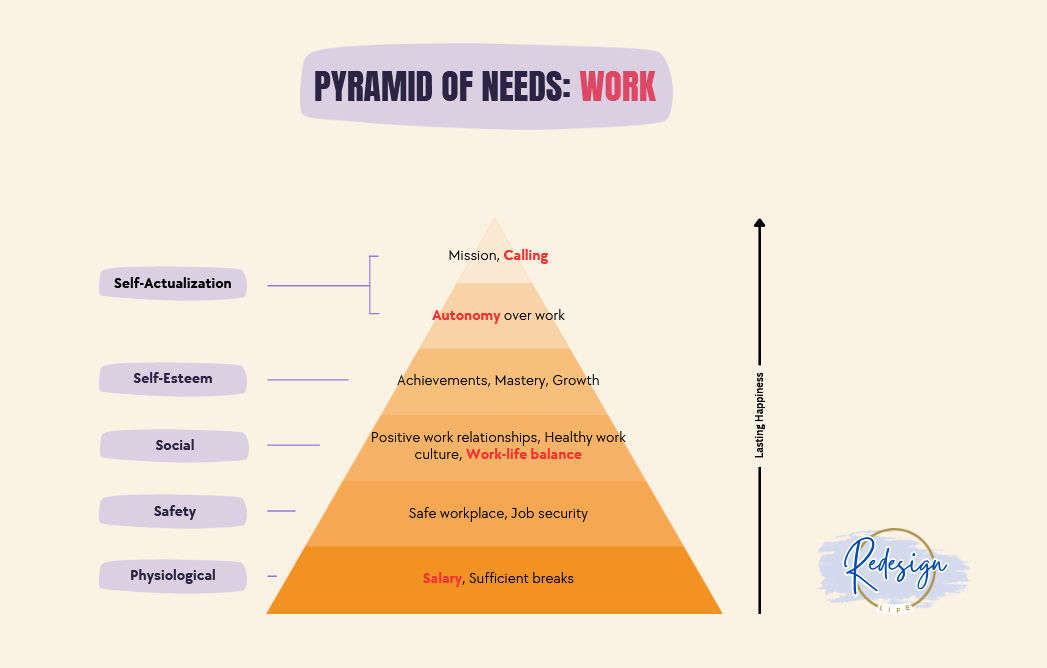Burnout Isn't Always Obvious: 3 Clinical Signs

I was nine years into private practice when I felt something was off. Most days felt monotonous, and some days I woke up with absolute dread. I wondered if I had picked the wrong career.
I didn't know it at the time, but in hindsight, I was burning out. Living in a culture that celebrates “busyness” and glorifies working hard, I ignored the warning signs and kept pushing anyway.
Studies show that burnout is especially common among people whose jobs involve helping others, with some research reporting rates as high as 52% among healthcare workers.
Burnout isn’t just being stressed or tired. The World Health Organization officially recognizes it as a medical condition. One of the most widely used tools to measure it—the Maslach Burnout Inventory (MBI-HSS)—outlines three clinical signs of burnout.
3 Clinical Signs of Burnout
Emotional Exhaustion
- No matter how much sleep you get, the tank feels empty.
- Work feels overwhelming, and even small tasks take effort.
Depersonalization
- Burnout often shows up as emotional distance. You may feel detached from your job, patients/clients, and the people around you.
- Empathy diminishes, passion fades, and you find yourself just “going through the motions.”
Reduced Accomplishment
- There may be a decline in how effective and meaningful your work feels.
- You start thinking, “Why even try?”
Burnout Doesn’t Just Go Away
Here’s the hard truth: burnout won’t fix itself.
Think of a match that’s on fire—it keeps burning and burning until there’s nothing left. That’s why we call it a burnout.
Without intervention, the symptoms persist—and often worsen. Taking a long weekend off isn’t enough.
Real recovery requires a strategy to address the root cause.
Two Ways to Address Burnout
1) Individual Level: Self-Care and Reset
On a personal level, the first step is to pause and identify what’s fueling your burnout. Is it a toxic work environment? An unsupportive boss? Lack of flexibility? Feeling underpaid and undervalued?
Not all stress is created equal. Sometimes it’s not the work itself, but the conditions around it.

Practical steps:
- Taking extended time off to reset.
- Identify the root cause of your burnout.
- Reconnecting with activities outside of work that restore your energy.
2) Organizational Level: Systemic Change
Organizational change has to come from the top since burnout is often caused by workload, culture, and policies. Individuals alone can’t fix broken systems.
That said, you’re not powerless. One helpful strategy is job crafting: build your dream job by making small, intentional changes to your role.

Even small adjustments can help reclaim meaning in your work.
Final Thoughts
Burnout isn’t just “feeling tired.” It’s a diagnosable condition with clear signs: emotional exhaustion, depersonalization, and reduced accomplishment.
The good news is that recognizing burnout is the first step to addressing it.
Whether that means taking time for yourself, job crafting your role, or advocating for larger organizational change, you have the power to act.
So here’s the question I’ll leave you with:
Are you thriving in your work—or just surviving?






Member discussion